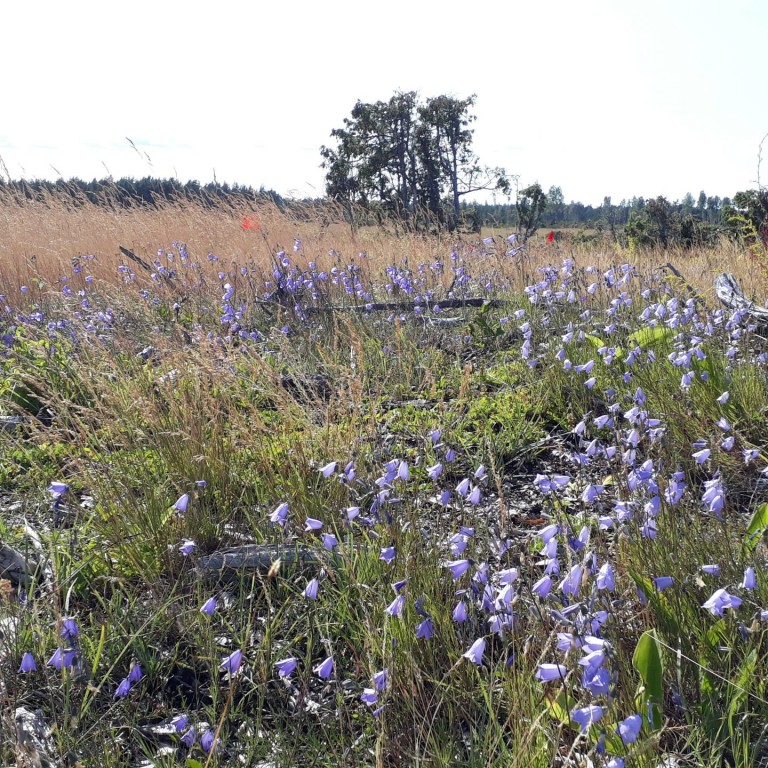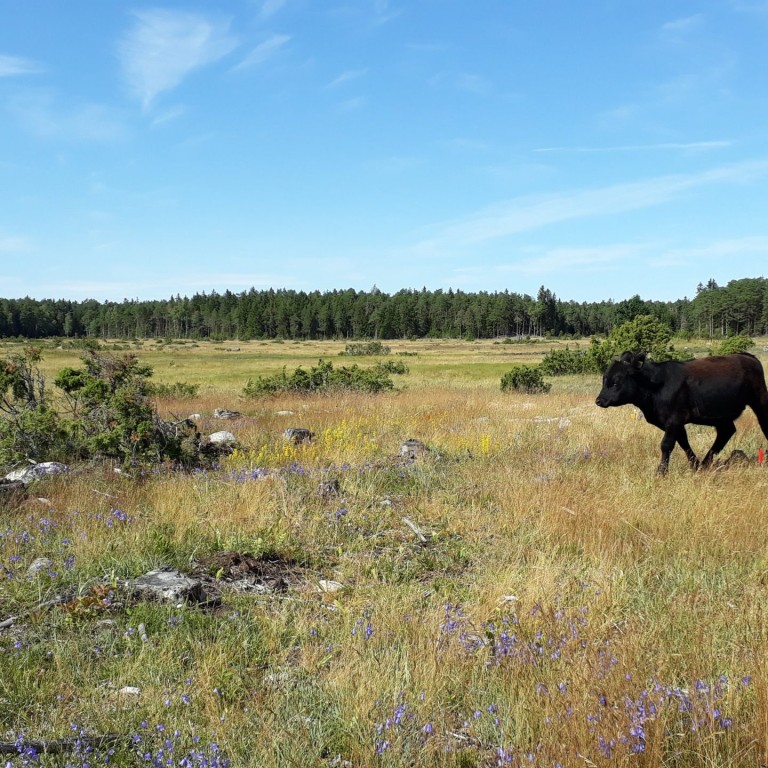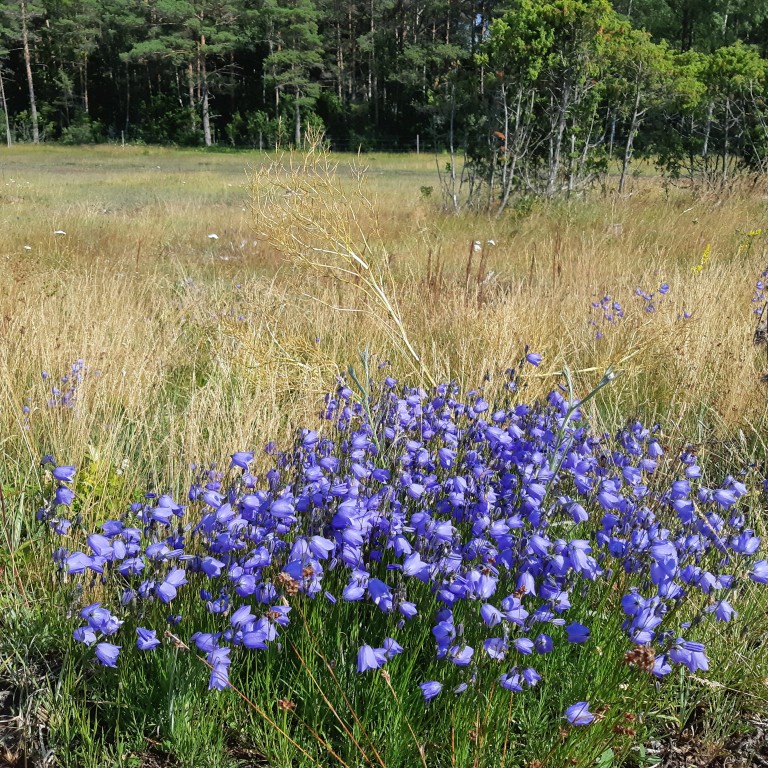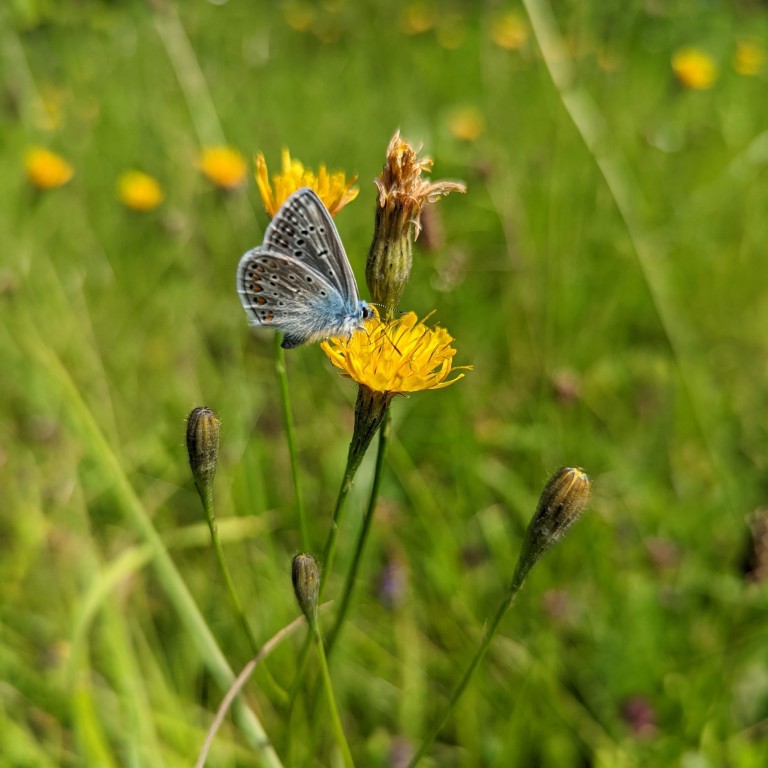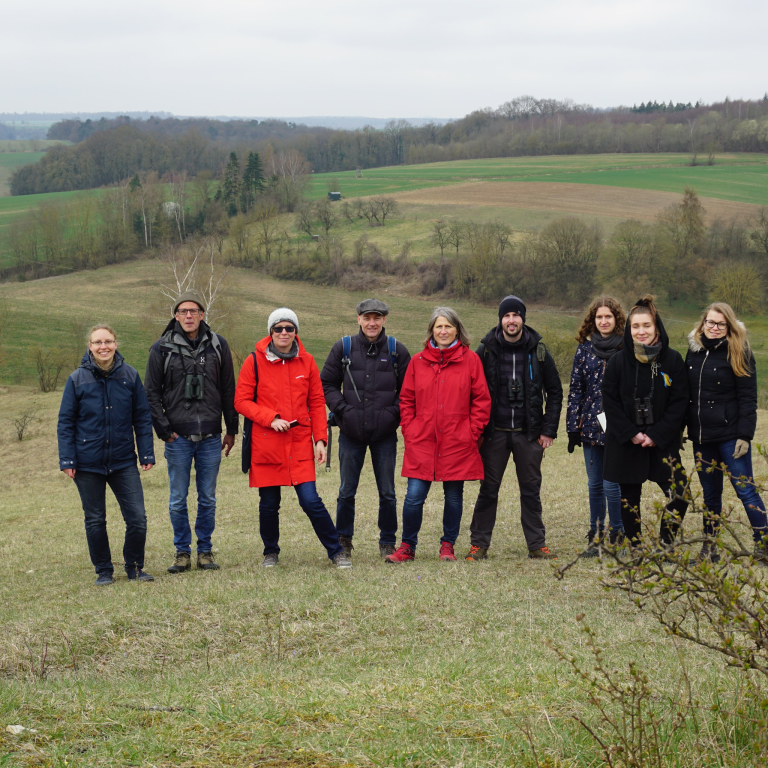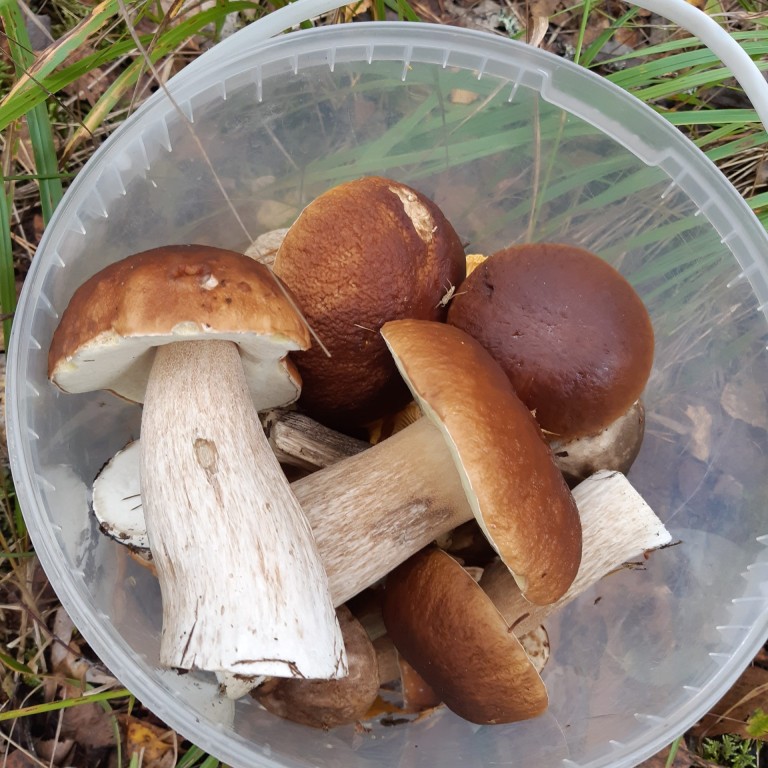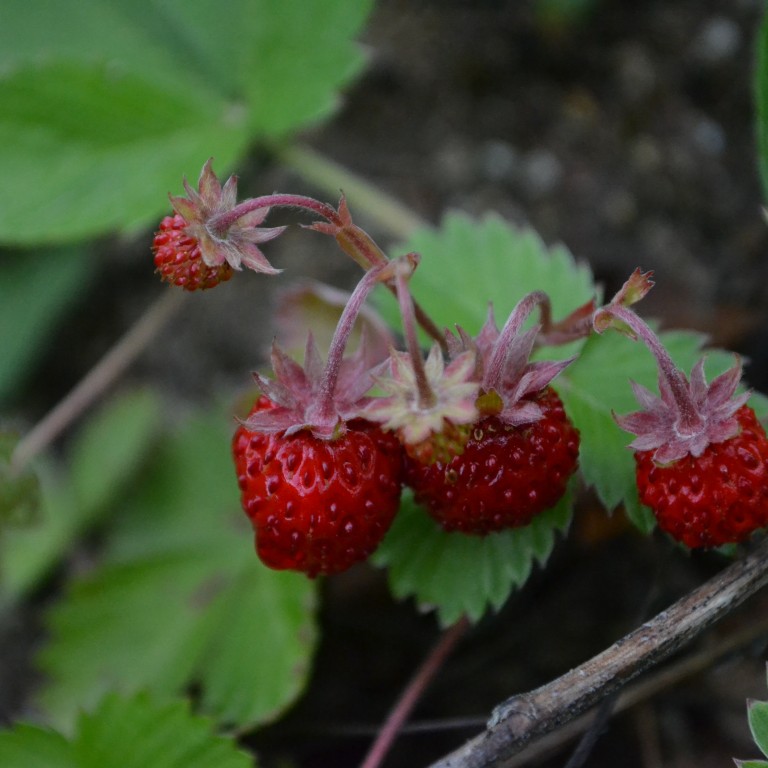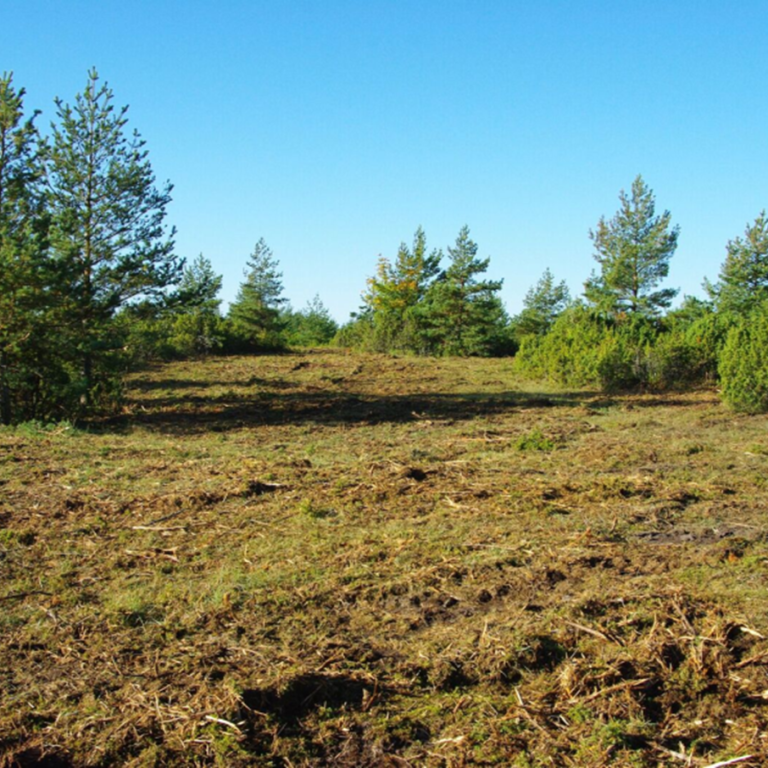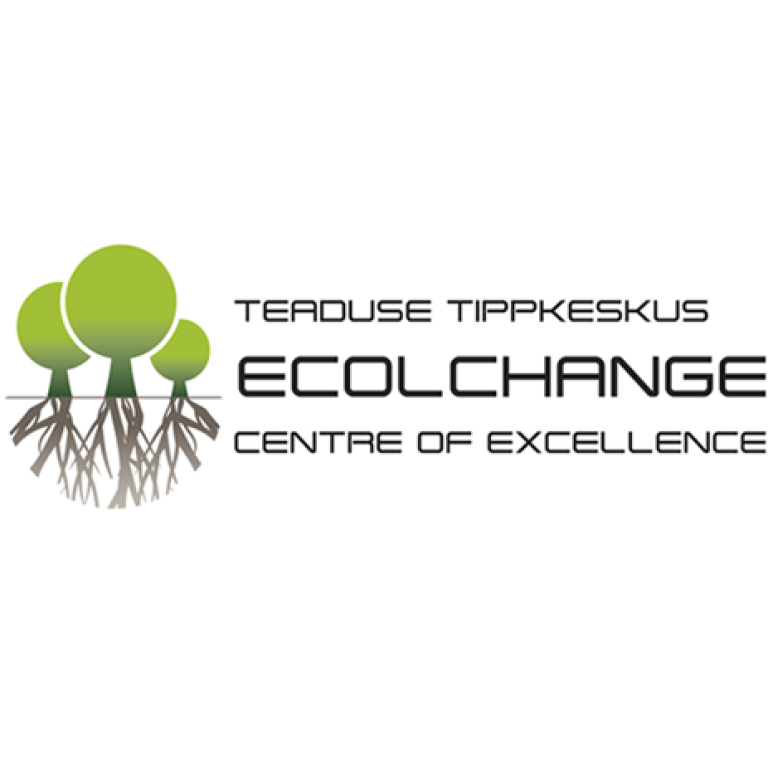CELSA project: Linking genetic diversity and arbuscular mycorrhizal fungal communities of host plant
Duration: 2019-2020
Increasing land-use intensity across Europe has brought along the loss of many natural habitats and a rapid decrease in biodiversity. There is an urgent need for solutions to alleviate these negative effects, and the restoration of degraded habitats is the key to halting further biodiversity loss. The restoration of self-sustainable plant populations is critical for successful habitat restoration. Two of the most important bottlenecks in this context are (i) the generally low genetic diversity of restored plant populations, and (ii) the lack of suitable soil fungi. First, because plant populations colonizing newly restored habitats are often small and generally originate from few source populations, their population genetic diversity is low, resulting in reduced fitness due to inbreeding and genetic drift. Second, many plant species depend on the presence of beneficial soil fungi, such as arbuscular mycorrhizal (AM) fungi, which can improve plant nutrition and protection from pathogens. Lack of such fungi in restored habitats can therefore impose a significant hurdle in the process of ecological restoration. However, it is not currently known, how both of these factors, i.e. plant genetic diversity and AM fungi, interact with each other and affect the effectiveness of ecological restoration. The results of this project will be an overview about the existing knowledge of the problem, results of the experimental study with Campanula rotundifolia as the host plant and practical guidelines to restore self-sustainable plant populations. This project is done in collaboration with Catholic University of Leuven (KU Leuven) and our colleagues from plant ecology workgroup in the University of Tartu.
Project participants: Aveliina Helm, Tsipe Aavik
Funding: University of Tartu and Catholic University of Leuven (KU Leuven)
